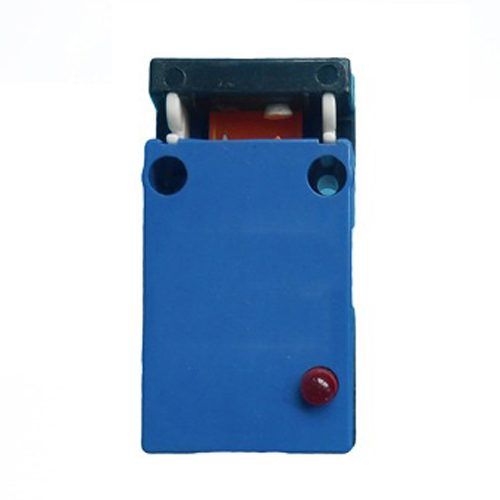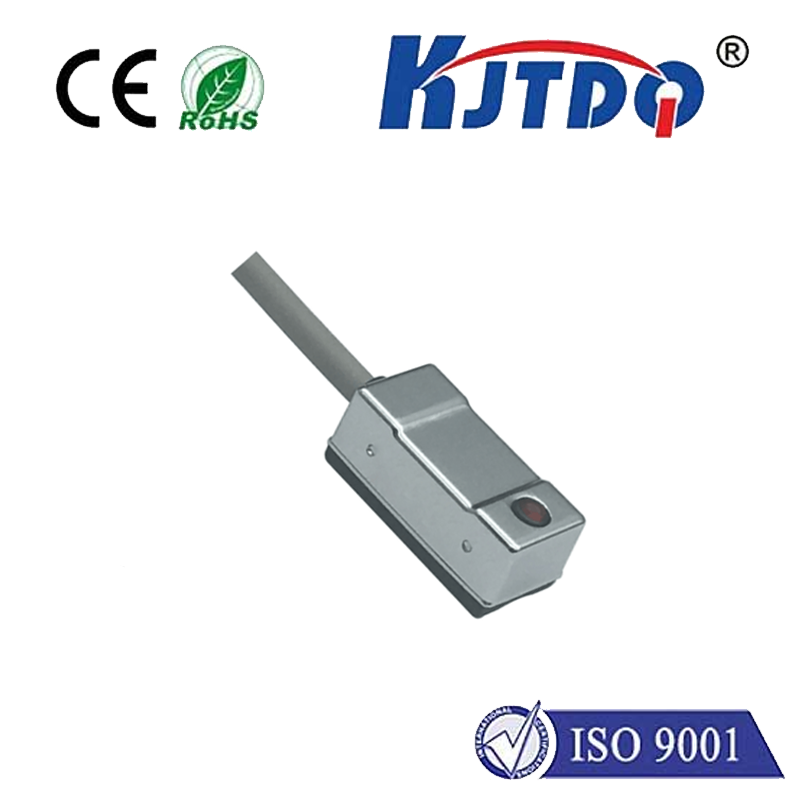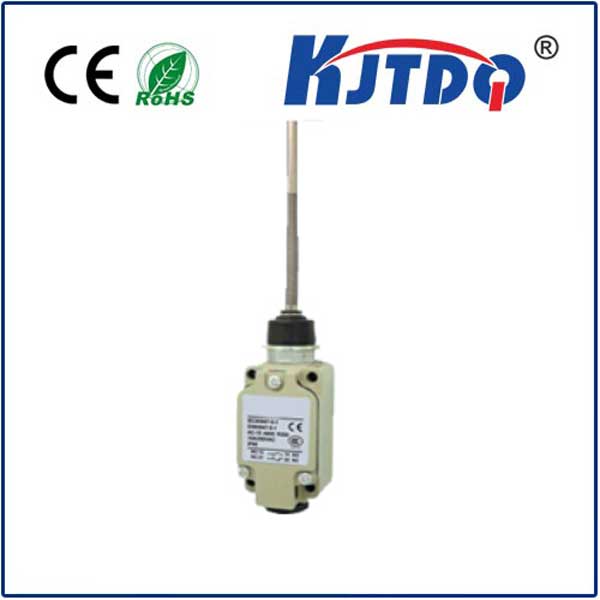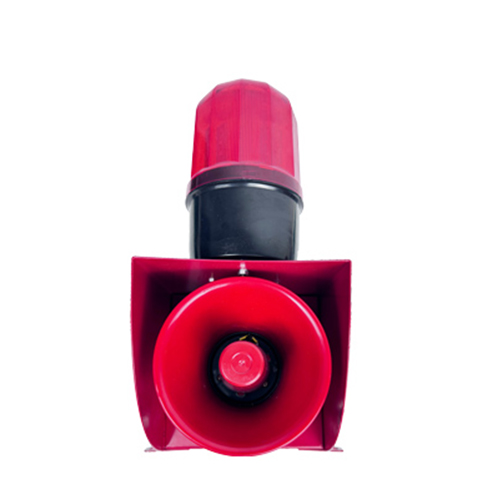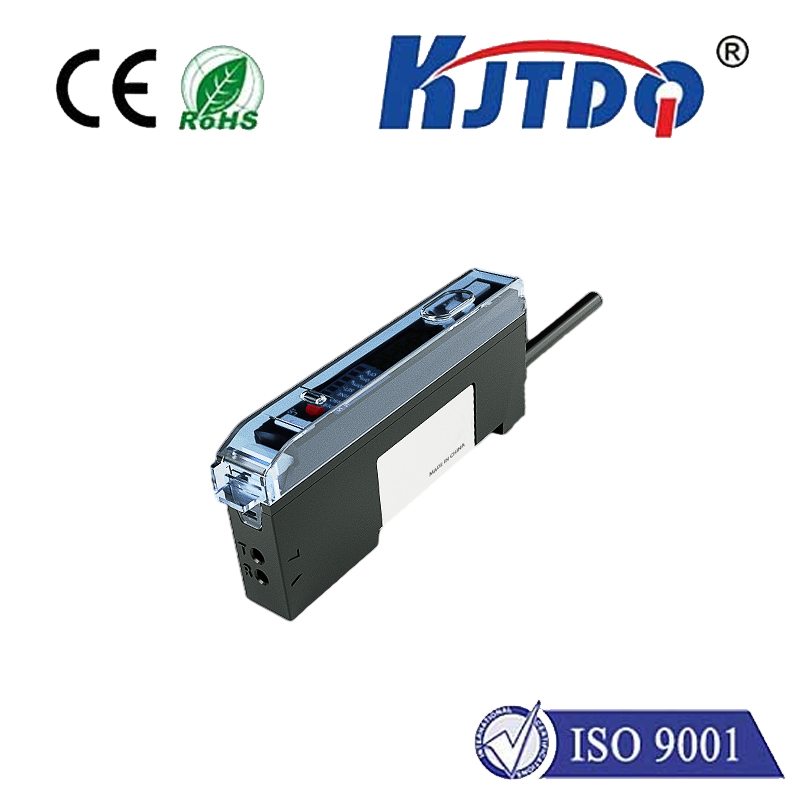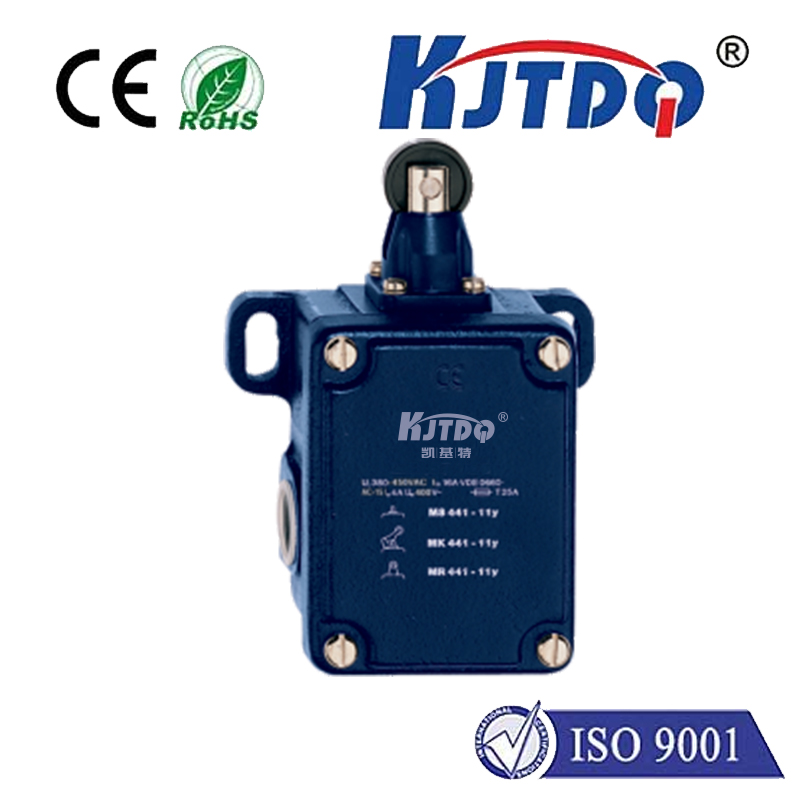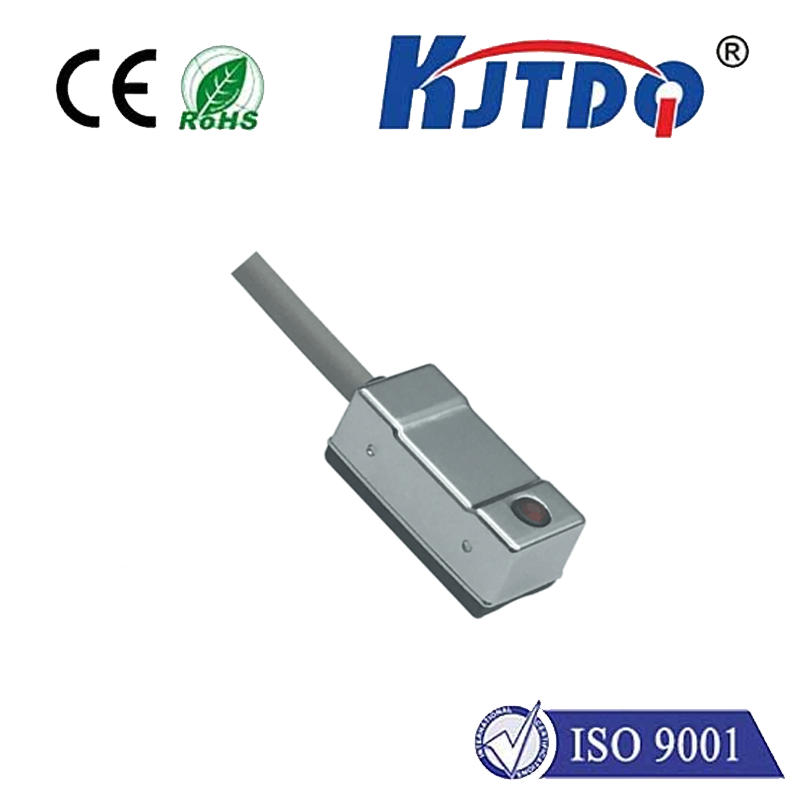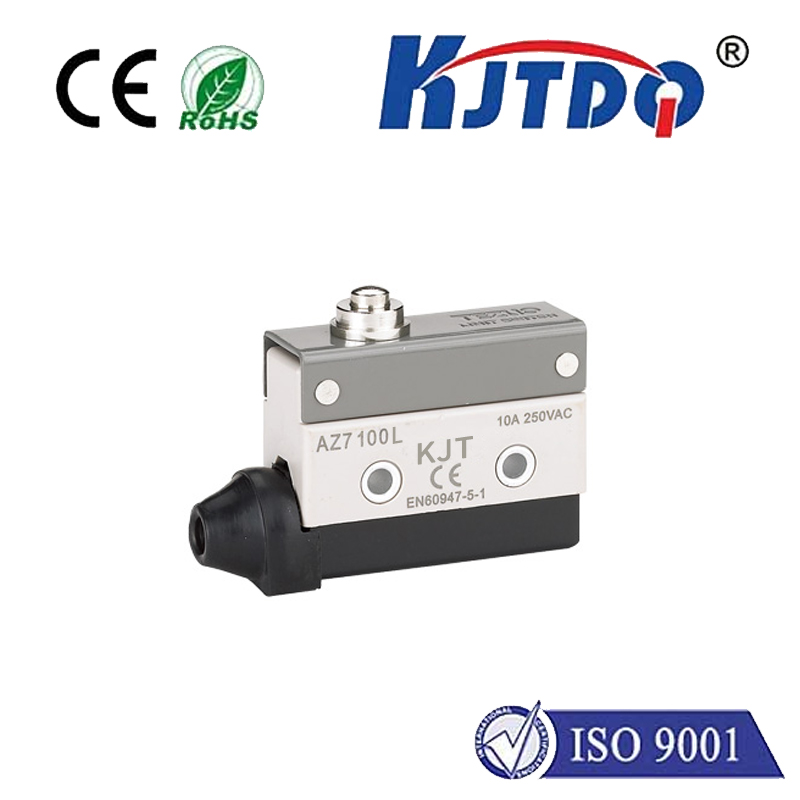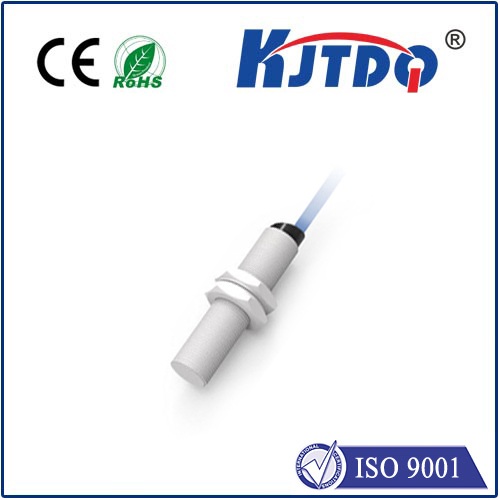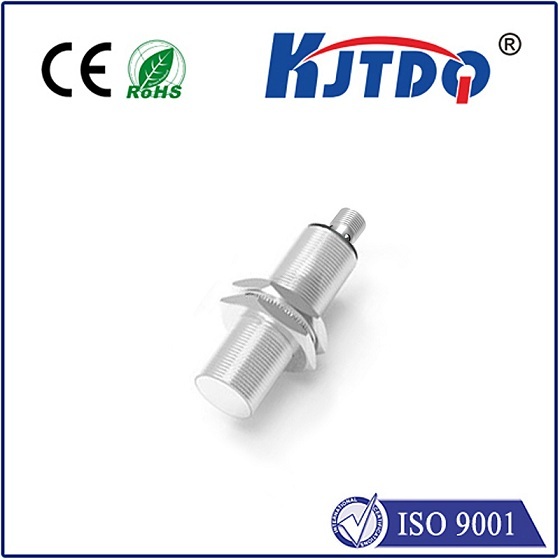tracker sensor
- time:2025-08-22 03:20:42
- Click:0
Tracker Sensors: The Silent Revolution in Real-Time Location Monitoring
How often have you desperately searched for a misplaced package in a vast warehouse, anxiously tracked a delivery truck stuck in traffic, or wondered about the precise location of critical medical equipment in a busy hospital? These everyday challenges underscore a fundamental need: knowing where things are, precisely and in real-time. The unsung hero enabling this modern visibility is the tracker sensor. Far more than just a component, these sophisticated devices are orchestrating a silent revolution across industries, transforming how we monitor, manage, and optimize the movement of assets, people, and data.
Demystifying the Tracker Sensor: Beyond Simple Location
At its core, a tracker sensor is a compact electronic device designed to detect and transmit data about its own location, and often, its surrounding environment. It typically combines several key elements:

- Location Technology: This is the heart of tracking. Common methods include:
- GNSS (Global Navigation Satellite System): Including GPS, GLONASS, Galileo, or BeiDou. Ideal for outdoor tracking with wide-area coverage.
- Cellular Connectivity (LTE-M, NB-IoT, 4G/5G): Leverages cellular networks for location triangulation and long-range data transmission.
- Wi-Fi Positioning: Uses nearby Wi-Fi access points to determine position, effective indoors and in urban areas.
- Bluetooth Low Energy (BLE) / Bluetooth Beaconing: Excellent for short-range, high-precision tracking indoors (e.g., asset tracking within a room, proximity marketing).
- Ultra-Wideband (UWB): Offers centimeter-level precision for demanding indoor tracking applications.
- RFID (Radio Frequency Identification): Provides presence detection at specific read points (gates, doorways).
- Motion & Environmental Sensors: Modern tracker sensors often incorporate accelerometers, gyroscopes, magnetometers, and sometimes light, temperature, or humidity sensors. This adds context: Is the asset moving? Has it been dropped? Is it within the required temperature range?
- Processing Unit: A small microcontroller processes the raw sensor data, often applying algorithms (like sensor fusion) to improve accuracy and determine movement state (stationary, moving, vibrating).
- Communication Module: This transmits the processed data. Options range from cellular and satellite (long-range) to Wi-Fi, Bluetooth, and LPWAN (LoRaWAN, Sigfox) for lower power or specific network needs.
- Power Source: Typically a battery (often designed for years of operation), sometimes supplemented by energy harvesting (solar, motion) or connected to a vehicle’s/main power source.
The Power Unleashed: Where Tracker Sensors Transform Industries
The true value of tracker sensor technology lies in its diverse applications, solving critical problems and unlocking unprecedented efficiency:
- Logistics & Supply Chain: Real-time visibility of goods in transit is no longer a luxury; it’s essential. Tracker sensors monitor location, temperature (for perishables), humidity, shock (detecting rough handling), and even whether a container door has been opened. This enables proactive interventions, ensures compliance, optimizes routes, reduces theft and spoilage, and provides undeniable proof of condition and delivery. Imagine knowing exactly where your critical shipment is and that it’s maintained the correct temperature throughout its journey.
- Fleet & Asset Management: Businesses managing vehicles, trailers, containers, or high-value equipment depend on tracking sensors. They provide live location data for dispatch optimization, geofencing alerts for security, monitoring of engine diagnostics or fuel levels via integration, and insights into driver behavior (harsh braking, idling). This translates to reduced operational costs, improved safety, enhanced security, and maximized asset utilization.
- Industrial & Manufacturing: Within complex factory environments, knowing the real-time location of tools, work-in-progress (WIP), forklifts, and personnel is crucial. Tracker sensors enable just-in-time processes, reduce search times for vital equipment, improve safety by monitoring personnel in hazardous zones, and provide valuable data for process optimization and facility layout planning.
- Healthcare: Tracking critical and often mobile medical equipment (defibrillators, infusion pumps, wheelchairs) saves valuable staff time and ensures life-saving devices are available when needed. Temperature tracker sensors safeguard blood, organs, and sensitive medications within storage units and during transport. Patient tracking in secure facilities also adds a layer of safety.
- Personal & Consumer Applications: While common in wearables for fitness and navigation, tracker sensors are also vital in personal safety devices (dementia patient trackers, panic buttons), pet trackers, and smart luggage tags. They offer peace of mind by providing immediate location information when it matters most.
The Cutting Edge: Innovation in Tracker Sensors
The tracker sensor landscape is rapidly advancing. Key trends shaping its future include:
- Enhanced Precision: Technologies like UWB are pushing indoor location accuracy down to the centimeter level, enabling revolutionary applications like finding a specific tool on a workbench or precise navigation within complex buildings.
- Lower Power Consumption: Advances in chip design, power-efficient protocols (like BLE and LPWAN), and sophisticated power management firmware are extending battery life to years, even a decade, reducing maintenance needs. This is crucial for large-scale deployments and inaccessible assets.
- Miniaturization: Tracking sensors continue to shrink, allowing them to be embedded in smaller assets, integrated into products more seamlessly, or used in contexts where size was previously a barrier.
- Multi-Sensor Fusion: Combining data from various sensors (e.g., GNSS, accelerometer, Wi-Fi, barometer) with intelligent algorithms provides more reliable location fixes, especially in challenging urban environments or indoors, and richer contextual insights.
- Smarter Edge Computing: Tracker sensors are gaining more onboard intelligence. Instead of just transmitting raw data, they increasingly pre-process information, detect specific events locally (like a fall, an impact, or a temperature threshold breach), and only send relevant alerts or summarized data. This saves bandwidth, extends battery life, and enables faster response times.
- AI & Predictive Analytics Integration: The vast amounts of data generated by tracker sensors are fed into AI platforms. This enables predictive maintenance for vehicles and machinery, forecasting potential delays in logistics, identifying abnormal patterns for security, and optimizing operational processes based on historical movement data.
Ubiquitous Yet Invisible
Tracker sensors have quietly become indispensable infrastructure in our complex, mobile world. They are the technological linchpin bridging the physical and digital realms, providing the fundamental data point – location – that empowers smarter decisions, drives operational excellence, enhances security, and offers invaluable peace of mind. From ensuring life-saving vaccines remain potent to guaranteeing your online order arrives on time, the sophisticated yet often unseen tracker sensor is continuously at work, revolutionizing how we connect with and manage our environment in real-time.






